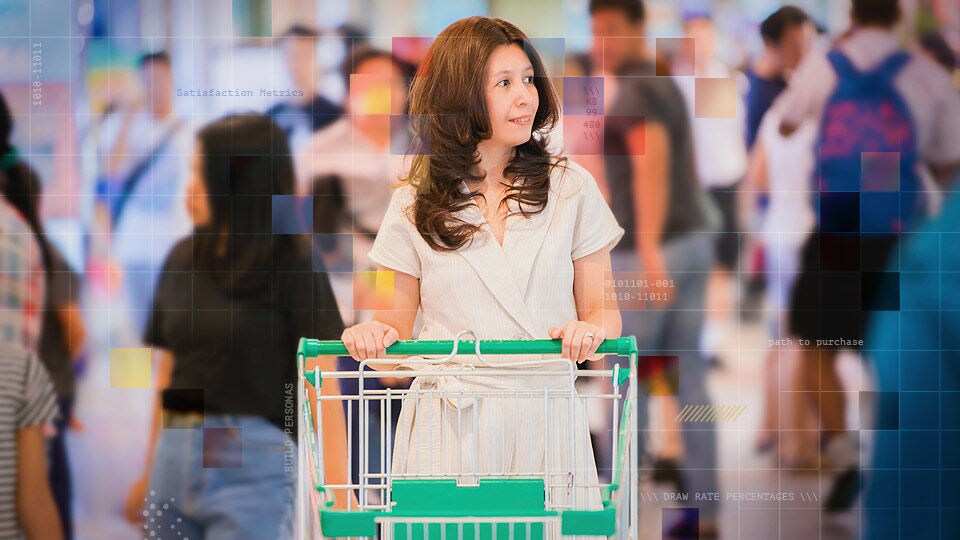Article
How Shopper Journey Data Can Deliver ROI for Retail COOs

From planning labour to managing supply chains to overseeing purchasing and more, chief operating officers (COO) in retail have a lot on their plates. With so many decisions to make, what COO wouldn't want the right decisions to be crystal clear — backed by hard data served up on a single, easy to understand dashboard?
While in-store data about customer behaviours and preferences can't make every operations decision "easy," it can certainly help make decision-making clearer for a great many scenarios — likely more than you think!
Let's examine what shopper journey data is available, why it matters, and how that data can be leveraged to deliver value across retail operations — and the entire enterprise.
Optimising in-store operations
For your existing stores, the right shopper journey data can tell your operations team a number of solutions you can use to refine and eventually optimise a given store's performance.
This will be especially important in the coming years, as Europe is in the midst of a steady adoption of social commerce, with an estimated compound annual growth rate of 36% between 2022 and 2028 — taking the volume from US$67,203.7 million to US$4,24,732.2 million in the same time frame, according to ResearchAndMarkets. That fact may sound intimidating to brick-and-mortar retailers, but the truth is there are a plethora of ways retailers can leverage consumers' use of social commerce for the benefit of their physical stores, like personalised experiences, optimised Click & Collect, and more. How? You guessed it: data.
For operations teams specifically, the two most applicable solutions are Traffic Counting and Computer Vision. Here's a sample of what you can do with the data each solution delivers:
Traffic Counting
- Understand your peak traffic times for each day, and staff accordingly. Likewise, see what shifts can operate with minimal sales associates to avoid unnecessary labour spend.
- Understand your ideal shopper-to-associate ratio (STAR) to provide the best possible customer experience.
Computer Vision
In-store analytics
- Benchmark dwell time and draw rate, and use this data to optimise both layout in a zone or department, as well as promotional display location.
- Trace customer pathing from one department to the next to strategically enhance in-store layouts.
Parking facility analytics
- Better understanding of car park usage and, if necessary, refine its layout.
- Improve service levels by knowing how long shoppers wait in their cars for Click & Collect orders to be fulfilled.
Each of these potential use cases provides operations leaders with actionable ways to improve the customer experience, increase profitability, and streamline operations. (Many of these also overlap with use cases for CMOs — read more on that here.) This is hardly an exhaustive list, but it should give you an idea of the potential this data has for impacting operations across the enterprise.
Takeaways
At Sensormatic Solutions, we know retail. That means we know there's no magic bullet solution, analytic, or metric that will solve all of your operational challenges. It also means that when we say we know there are a variety of valuable use cases you can deploy to improve the areas of performance that keep you up at night, you can trust us. As COO, no one knows what those challenges are better than you. As leaders in retail and technology — with decades of experience and expertise — no one knows solutions better than us.
To see the entire picture of how shopper journey data can be used to deliver outcomes that improve operations and drive profitability, get your copy of our latest white paper, Creating Experiential Retail Along the Shopper Journey, today.
Explore related topics

